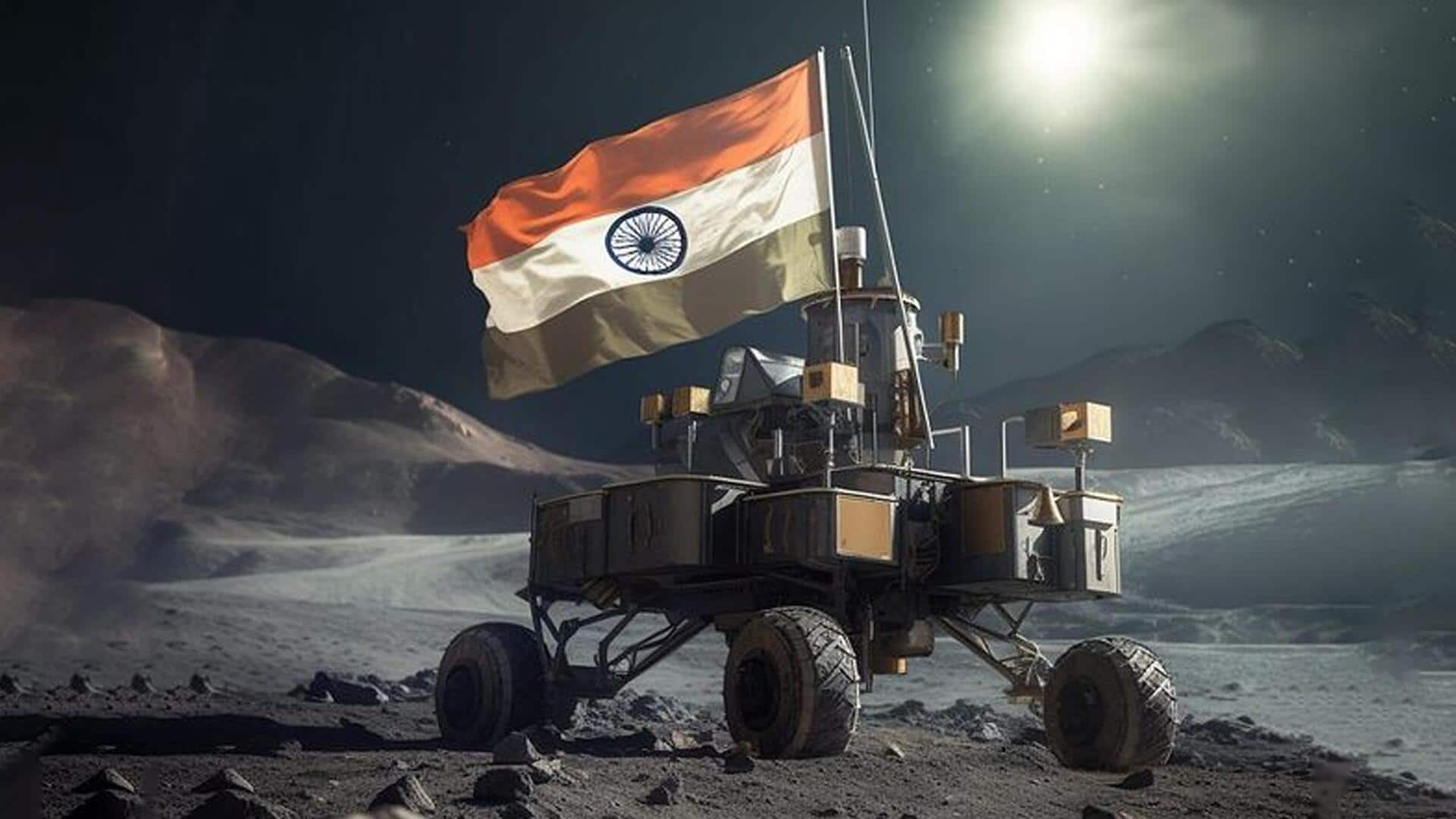
Chandrayaan-3: Lander Module payloads activated, mission on schedule
What's the story
Chandrayaan-3 is all ready to start exploring the Moon. Earlier today, the Indian Space Research Organisation (ISRO) revealed that the Vikram lander had successfully deployed the Pragyan rover. Now, ISRO has confirmed that the lander payloads have been activated and that the rover mobility operations have started. These latest developments mark the next crucial phase of the lunar mission.
Objectives
A quick look at Chandrayaan-3's objectives
With a safe and soft touchdown on the Moon, Chandrayaan-3 achieved one of its three main goals yesterday. The mission will now focus on the remaining two objectives, namely roving on the lunar surface and performing in-situ scientific investigations. The mission will continue performing its exploratory activities on the Moon's south pole for one lunar day or 14 days on Earth.
Payloads
The lander and rover will start conducting their investigations
Chandrayaan-3's lander and rover are armed with scientific payloads to probe the Moon. Now that the lander's payloads have been activated it will start its investigations which involve observing the Moon's charged atmosphere, scanning for moonquakes, and measuring the lunar surface temperature. Meanwhile, the Pragyan rover will conduct experiments related to determining the mineral composition of the lunar surface.
Propulsion module payload
The mission's Propulsion Module is also carrying a scientific payload
In addition, Chandrayaan-3's Propulsion Module, which is currently in orbit, is also carrying a payload, dubbed SHAPE. This payload was activated on Sunday. SHAPE, short for Spectro-polarimetry of Habitable Planet Earth, will collect data based on the polarization of light reflected by Earth. This information will be used to look for exoplanets that exhibit similar characteristics.
Significance
Chandrayaan-3 will provide insights into the mysterious lunar south pole
Chandrayaan-3 aims to build on the findings of Chandrayaan-1 and shed light on the mysterious south pole of the Moon. The latter detected the presence of frozen water in the polar region. If the Moon's southern polar region does contain water ice in its permanently shadowed craters, it will have several significant implications for future lunar exploratory missions.
Twitter Post
The spacecraft's health is normal: ISRO
Chandrayaan-3 Mission:
— ISRO (@isro) August 24, 2023
All activities are on schedule.
All systems are normal.
🔸Lander Module payloads ILSA, RAMBHA and ChaSTE are turned ON today.
🔸Rover mobility operations have commenced.
🔸SHAPE payload on the Propulsion Module was turned ON on Sunday.